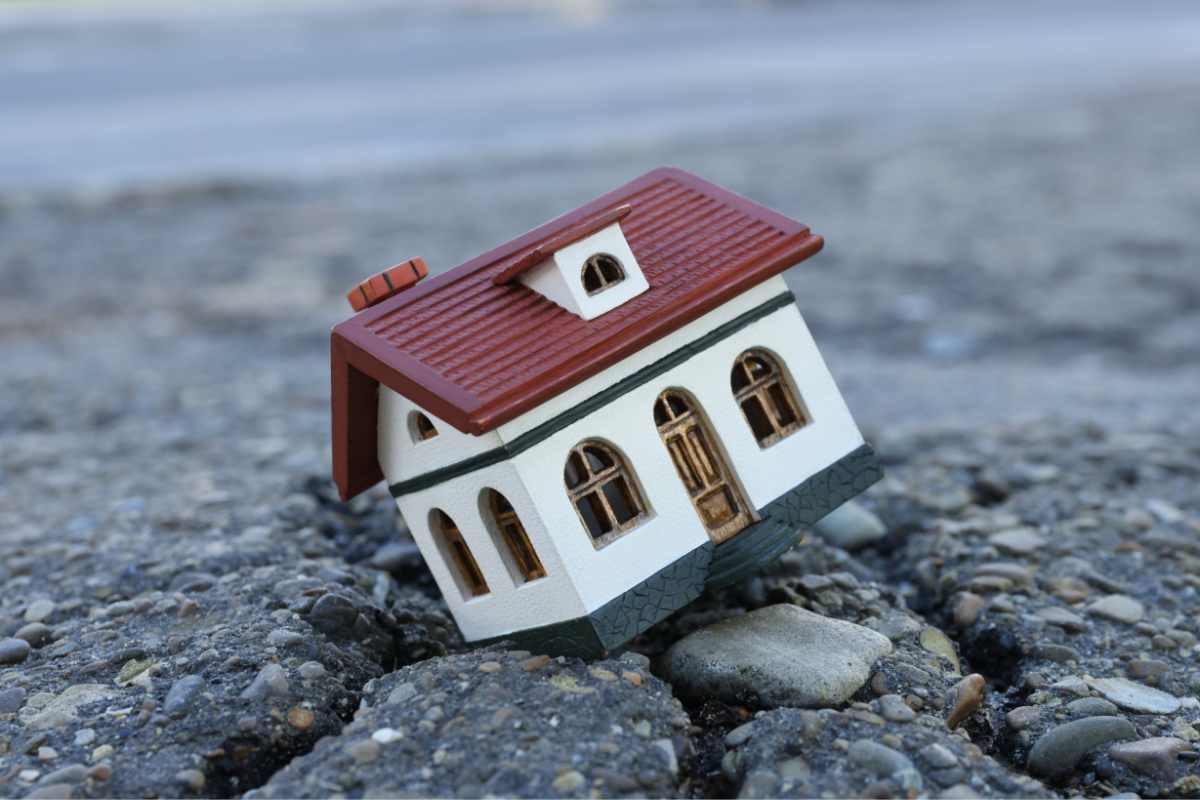Find out how global warming threatens one in ten homes and how we can prepare ahead of time with wise policies and proactive investments

As global warming relentlessly progresses, an increasing number of residential properties face direct threats from its devastating effects. This situation isn’t limited to picturesque coastal villas that might become the next Atlantis; even homes in quiet suburbs far from the sea are at risk. A recent report by the Economist has shed light on what could be the next major real estate crash: by 2050, climate change could erode 9% of global home values, a figure comparable to the annual GDP of the United States.
Climate catastrophes ignore geographic boundaries
Tornadoes in the American Midwest and giant hailstorms shattering roofs in Italy show that the changing climate does not discriminate by location. Yet, despite clear warnings, house prices in at-risk areas like Miami, where rising sea levels should be a major concern, have seen significant increases, well above the national average. This raises critical questions about the perception of climate risk in the real estate market.
Who will pay the price of this climate crisis?
Will it be homeowners, governments, or insurance companies that cover the costs of increasingly frequent catastrophes? Traditionally, insurance companies have managed damages, but with the increase in frequency and intensity of natural disasters, insurance premiums are skyrocketing. This is leading some to predict the emergence of a “climate insurance bubble” that could collapse the real estate market.
The situation in high-risk states
The situation is particularly alarming in states like California and Florida, where the risks of fires and hurricanes have dramatically increased the exposure of last-resort insurers supported by the state. In response, some politicians are pushing to transfer these risks to the federal government, which already manages flood insurance.
Prevention as a possible solution
Prevention could offer a way out. Successful examples like the Netherlands’ dike system or Tokyo’s flood barriers show that it is possible to mitigate risks through strategic investments in infrastructure and property protection. However, the question remains as to who should finance these costly measures. Cities like London, New York, and Shanghai, densely populated and vulnerable, require massive flood protection interventions, but the funds must come from somewhere.
Funding challenges for climate resilience
Funding these measures is a political and financial puzzle. Germany’s approach to sustainable energy, which saw a step back in the face of citizen backlash illustrate the challenges in asking homeowners to bear the financial burden of ecological renovations.
Conclusion: learning from climate change
The lesson to learn is that climate change is already shaping our future in ways that we are only now beginning to fully understand. Preparing ahead with wise policies and proactive investments could save not just billions in property values but also enhance the resilience of our communities. Ignoring these signals would not only be irresponsible but potentially disastrous for future generations. The key lies in finding a balance between protecting the global housing stock and adopting measures that do not overly burden individuals and governments
